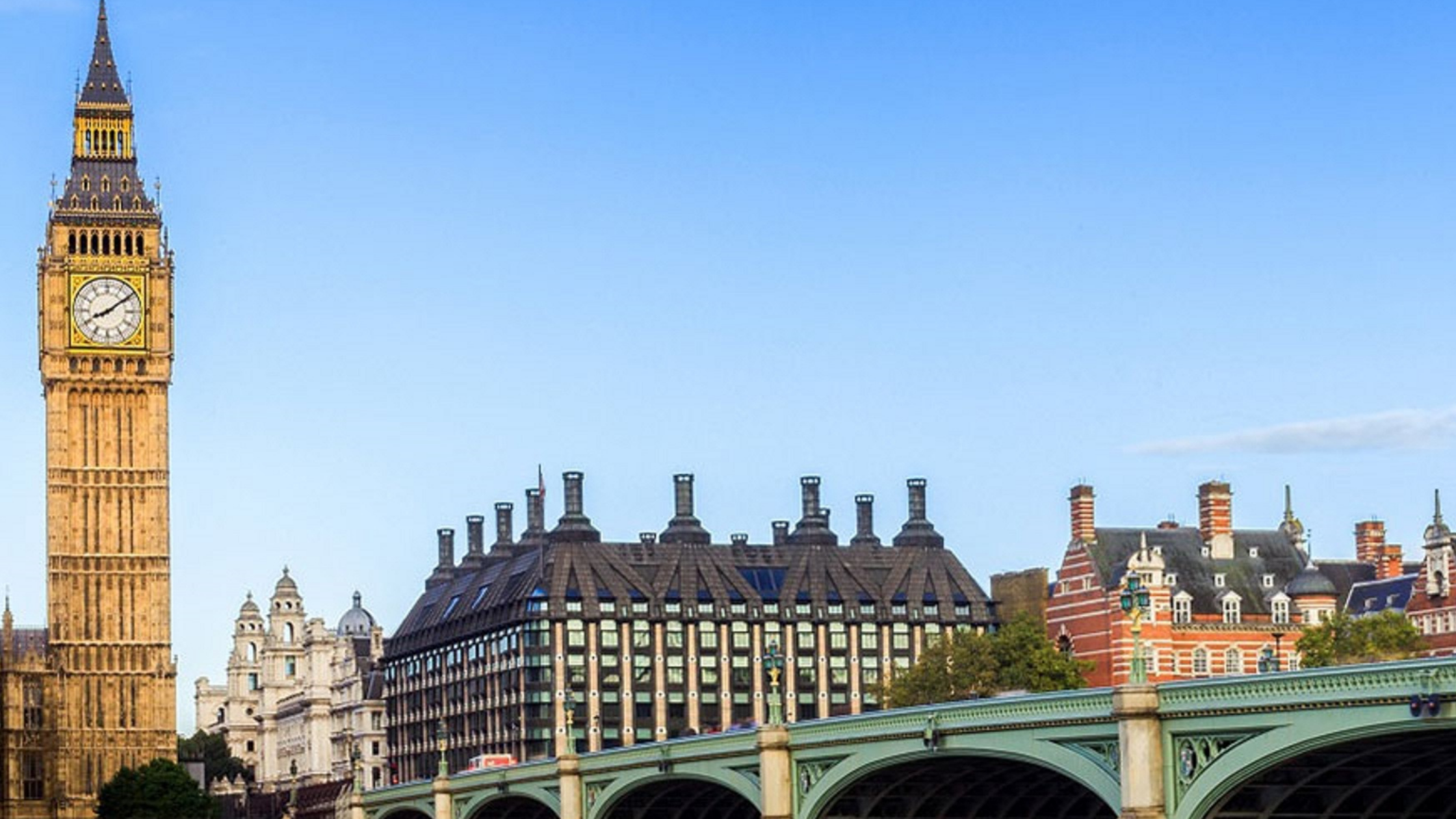ISA stands for Individual Savings Account and is a type of account which allows you to save or invest money tax-free. Introduced in 1999, ISAs are a favoured way to save in the UK as they offer several benefits over other types of savings accounts.
There are different types of ISA available, but all allow you to save or invest free from income and capital gains tax. The most favoured type of ISA is the cash ISA, which allows you to save up to £20,000 per year. However, there are also stocks and shares ISAs, innovative finance ISAs (which include peer-to-peer lending) and lifetime ISAs (LISAs), which allow you to save money for retirement.
The main benefit of an ISA is that you can save or invest your money without paying any tax on it. Meaning you can make more profit from your investments, as you will not have to pay any tax on the income or capital gains. ISAs are also very flexible, as you can switch between different types of ISA and add new money to your account at any time.
Table of Contents
Decide what type of ISA you want
The first step is to decide what type of ISA you want. There are various ISAs available, but the most favoured are cash ISAs, stocks and shares ISAs, innovative finance ISAs (including peer-to-peer lending) and lifetime ISAs (LISAs).
Find an authorised provider
Then it would be best to find an authorised provider. An authorised provider is a financial institution such as a bank or building society that has been accepted by the Financial Conduct Authority (FCA) to offer ISAs. You can find a list of authorised providers on the FCA website.
Open an account
After selecting an authorised provider, you’ll need to open an account. There are different ways to do this: online, in person or by post. You will need to provide your name, address and contact details, as well as proof of ID and address. You can open a UK ISA account here.
Fund your account
With opening your account, you need to deposit funds into it. You can do this by transferring money from another bank account or setting up a direct debit. You have to deposit no minimum amount into an ISA, but the maximum you can save in a cash ISA per year is £20,000.
Choose your investments
Now you’ll need to choose your investments. It will depend on the type of ISA you have chosen. With a cash ISA, you will typically be given a choice of savings accounts with different interest rates. With a stocks and shares ISA, you will be able to invest in shares, funds, bonds and other types of investment.
Manage your account
Once your account is open and funded, you will need to manage it. It includes:
- Regularly checking your balance and statement.
- Making transfers and withdrawals.
- Updating your contact details if they change.
Different ISA types
Cash ISA
A cash ISA is the most common type of ISA. It allows you to save up to £20,000 per year in a tax-free account. You can save money in various ways, including savings accounts, fixed-rate bonds and instant access accounts.
Stocks and shares ISA
A stock and shares ISA is an option if you want to invest your money rather than save it. You can use it to invest in stocks, shares, funds, bonds and other types of investment. Any profits you make are tax-free.
Innovative finance ISA
An innovative finance ISA is a new type of ISA that includes peer-to-peer lending. You can borrow or lend money without paying tax on the interest.
Lifetime ISA
A lifetime ISA (LISA) is a new type of ISA that allows you to save money for retirement. You can save up to £4,000 per year, and the government will add a 25% bonus. You can withdraw your savings anytime, but you must use it to buy a first home or retire at 60 or above.
Junior ISA
Junior ISAs are for children 18 and under. Parents or guardians can open an account and save up to £4,128 per year. You can use the money to save for anything, including university tuition fees, a car or a house. It is also tax-free.

